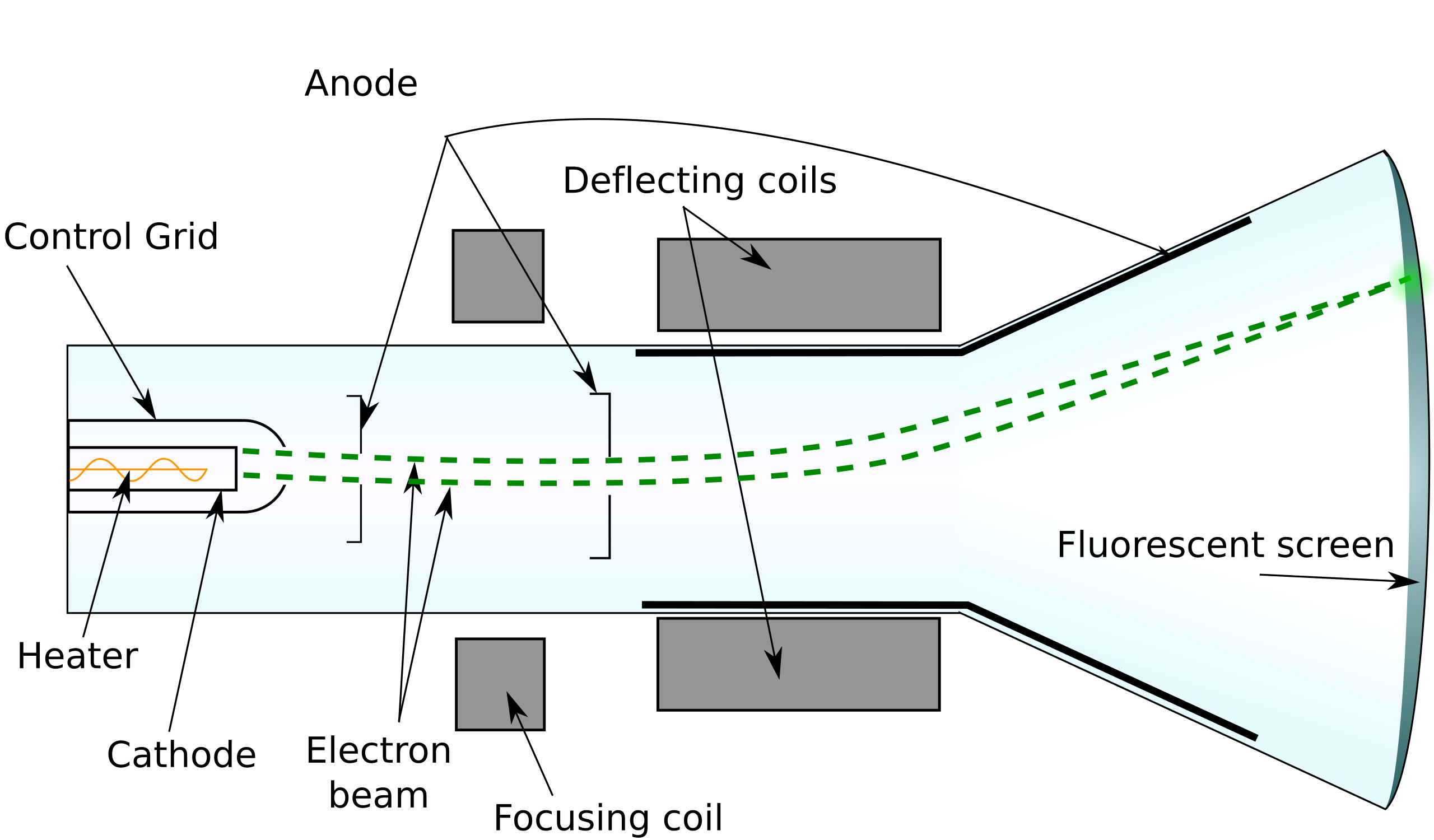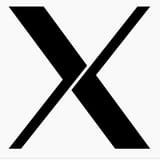In the 1980s we also downloaded software from TV
Explore with me two fascinating techniques for encoding software in analogue TV signals

In the previous newslttr, I wrote about downloading software from radio broadcasts in the 1980s. It sparked some lively conversation on Hacker News which also brought up some other 80s software oddities. One obvious parallel was with software downloads via TV broadcast which is the subject of today's trip down 8k Memory Lane.
Join me as once again I lead us back to the 1980s. You'll recall that the 8-bit computer craze was taking the UK by storm. Multiple TV shows were capitalising on the fervour. Most famous were the BBC ones : The Computer Programme, Micro Live and so forth. But the commercial channels (all two of them) were also in on the act. ITV had the soberly titled "Database" whilst upstart Channel 4 had the more funky "Four Computer Buffs". You'll see from the photo below just how funky and buff they were.

These shows were much more "hands on" that you'd find today. They taught you how to code and how to build your own electronic accessories. So it's no great surprise that they also wanted to make software downloads available to their viewers. In theory, they could broadcast audio signals as their radio counterparts were doing but that was probably even more annoying on TV. So two techniques were developed that were specially developed for television. Both of them relied on quirks of the way TV was broadcast back then so let's first look at how that worked.
Televisions were considerably chunkier than they are today and that's because they had a whacking big glass tube shaped a bit like a chemistry lab beaker. The inside of the screen had a phosphorescent coating which glowed when it was hit by a beam of electrons fired from the other end of the tube.

That beam starts at the top left of the screen and zigzags down the display one line at a time. At any given moment there's only a single spot illuminated but the phosphorescent coating keeps glowing for a little while afterwards. That persistent glow, the high speed of the electron beam and the fact that the human eye can't perceive images quickly enough, combine to produce an apparent picture on the screen even though it's really just a dot whizzing back and forth.
Once the scan beam reaches the bottom right of the screen it flies back up to the top left for the next frame. There's a momentary delay while the beam is repositioned during which time nothing can be displayed to the screen. The first of our software broadcast techniques takes advantage of this delay. Teletext uses the blank bit of television signal between frames to broadcast data. It can do that without interfering with the TV show because it happens while the electron beam is resetting itself and not projecting onto the screen.
Anyone who grew up in the 80s, 90s or early 2000s will remember Teletext. You pressed a button on your remote control and the TV picture was replaced by a screen of text from which you could read news, check sports scores, play simple quiz games etc. It's also what enabled subtitles for the hard of hearing (closed captioning).
Someone at some point had the bright idea of using the Teletext data stream as a way to transmit software for home computers. The BBC Micro was the usual target for downloads because it inherently supported Teletext modes and had the requisite external hardware available for receiving and decoding the data from the TV transmission. As with regular teletext, there was no way of requesting a particular piece of data so you just had to wait as all the pages and software downloads were broadcast one at a time until you had received the data you requested.
The requirement for dedicated (and expensive) hardware was one that rival systems tried to overcome. These used a relatively cheap circuit based around a photodiode. Essentially you would stick the little diode (like an LED in reverse, it receives rather than emitted light) on the TV screen over a square that alternated black and white and the circuit turned those light transitions into the ones and zeros of computer code.
Here's one of those Four Computer Buffs demonstrating how to build and use a simple photodiode TV software receiver: https://www.youtube.com/watch?v=xxo1Gs46ti0
The data rate achievable with this system is pretty poor as you're limited to one bit of a data per frame of TV (technically per half-frame) which give you 50 bits per second on the UK's PAL TV system.
Remember the electron beam that scanned across the TV screen one line at a time I wrote about above? Well, a couple of bright sparks figured out a way to use that to transmit far more data. John and Richard Billingsley invented Visicode: a system that that could transmit a full byte per TV (half) frame by having the photodiode detect light changes quickly enough that a different value could be encoded on each line. Instead of having one square that flickered on and off they had eight narrow stripes flickering on and off. The photodiode didn't need to distinguish between the stripes because there was only ever one line illuminated by the beam at a time.
You can see the Visicode strips in the top right of this Database programme transmitted in 1985 (the bearded Amstrad exec being interviewed is none other than Lord Alan Sugar, Britain's answer to Donald Trump at least as far as The Apprentice is concerned)

I was able to track down and contact John Billingsley who is now Emeritus Professor of Mechatronics at the University of Southern Queensland in Australia. He was delighted to be reminded of his work back in 1985 and notes:
Visicode is a great example of inventions that are now completely useless! I think that it was the programme Micro Live that intended to send data at a rate of one bit per frame, using that blob. But the scanning cathode-ray spot would visit the location of the photocell eight or even nine times per half-frame, so a whole byte could be sent and received each time. Now of course, with the advent of the flat-screen TV, there is no longer a flying spot to detect!
And while Professor Billingsley is correct that both Visicode and Telesoftware have now been superseded many times over, they remain fascinating examples of how clever engineering can fit new functionality into existing systems. Some of the drawbacks of the old analogue TV broadcasts were turned into useful features and all without throwing huge amounts of processing power and venture capital at the problem.
One cool side effect of how Teletext was broadcast is that it is sometimes recoverable from home video recordings and archived by enthusiasts online. In theory it would be possible with Visicode as well but someone would need to have a video recording and an old fashioned TV to give it a try. Sadly, so far, I've not been able to find much online to make me think that's going to be the case.
More information on Visicode is available from Personal Computer World July and August 1985 editions courtesy of the Internet Archive.





